Evolutionary Macroecology, Climate change, SDM, Urban Biodiversity, Scale
More -> https://juvelas.github.io
🇨🇴 in 🇲🇽
Thanks for the collab, Gabriel!
www.pnas.org/doi/10.1073/...

Thanks for the collab, Gabriel!
We studied the historical biogeography of Sceloporus lizards and the link between their dispersal and climatic niches 🌎🌦️ @fabrovillalobos.bsky.social @ndimhypervol.bsky.social @biojlinnsoc.bsky.social
Learn more here 👇:
academic.oup.com/biolinnean/a...

Biogeography (BIOG) is a peer-reviewed journal that publishes articles ranging from biological work that is geographically situated to geographical work that is biologically relevant. biog.journals.sup.org/index.php/biog
Biogeography (BIOG) is a peer-reviewed journal that publishes articles ranging from biological work that is geographically situated to geographical work that is biologically relevant. biog.journals.sup.org/index.php/biog
Biogeography (BIOG) is a peer-reviewed journal that publishes articles ranging from biological work that is geographically situated to geographical work that is biologically relevant. biog.journals.sup.org/index.php/biog


#Biodiversity #Evolution #iDivResearch
www.idiv.de/older-specie...

#Biodiversity #Evolution #iDivResearch
www.idiv.de/older-specie...
Si tienes entre 18 y 35 años y eres de Latinoamérica, este taller es para ti. Buscamos jóvenes que tengan una historia real y poderosa sobre cómo el cambio climático está afectando sus vidas y sus comunidades.


Si tienes entre 18 y 35 años y eres de Latinoamérica, este taller es para ti. Buscamos jóvenes que tengan una historia real y poderosa sobre cómo el cambio climático está afectando sus vidas y sus comunidades.

(and ESPECIALLY when driven by ideology rather than science)

(and ESPECIALLY when driven by ideology rather than science)
Read here: buff.ly/V7BVSsL

www.biorxiv.org/content/10.1...

www.biorxiv.org/content/10.1...
✨For the lazy (yes we are!) & friends who don't like social media but might benefit from this feed, here’s a DIGEST crafted with 💚 for you to share
👉 globalecologybs.github.io/feeddigest.g...
DM if you want to receive the link weekly
🌍🦤🦑🪴🍁🧪

✨For the lazy (yes we are!) & friends who don't like social media but might benefit from this feed, here’s a DIGEST crafted with 💚 for you to share
👉 globalecologybs.github.io/feeddigest.g...
DM if you want to receive the link weekly
🌍🦤🦑🪴🍁🧪

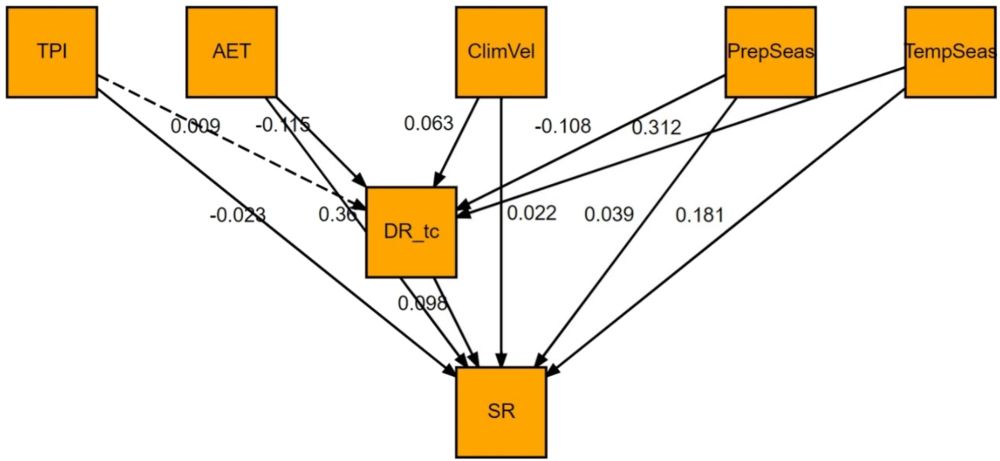
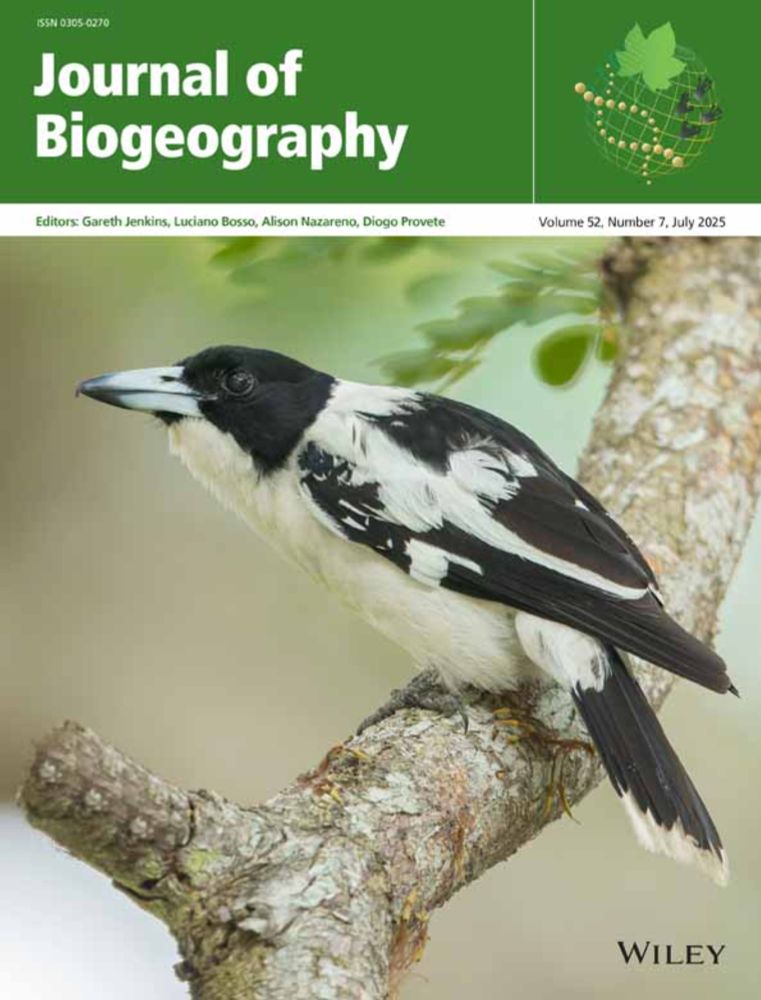

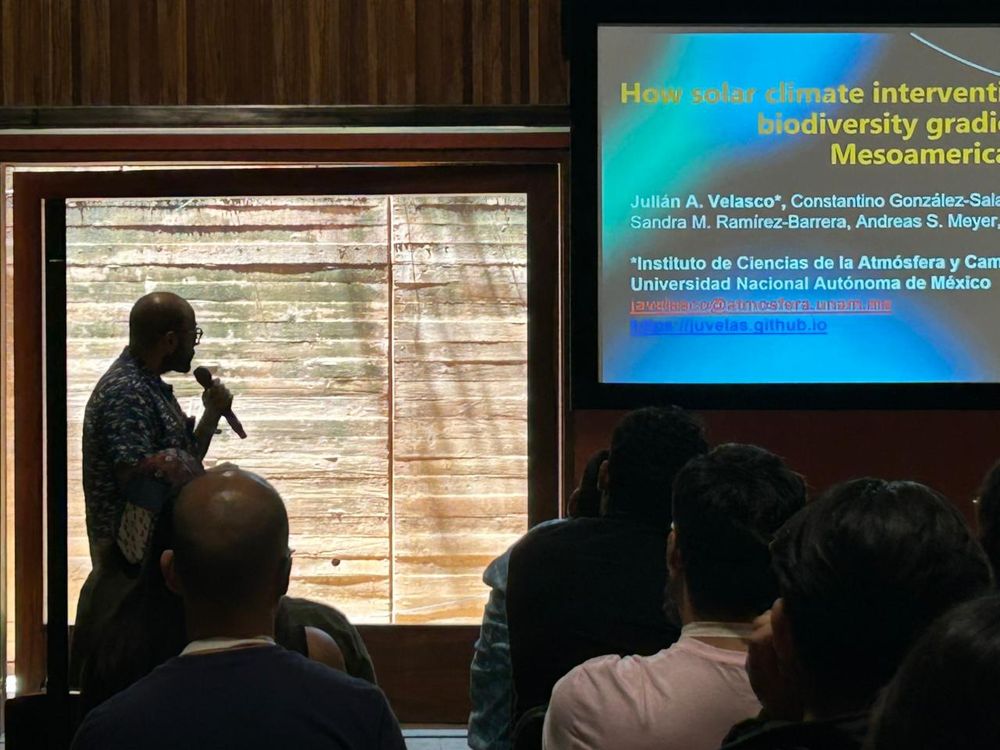

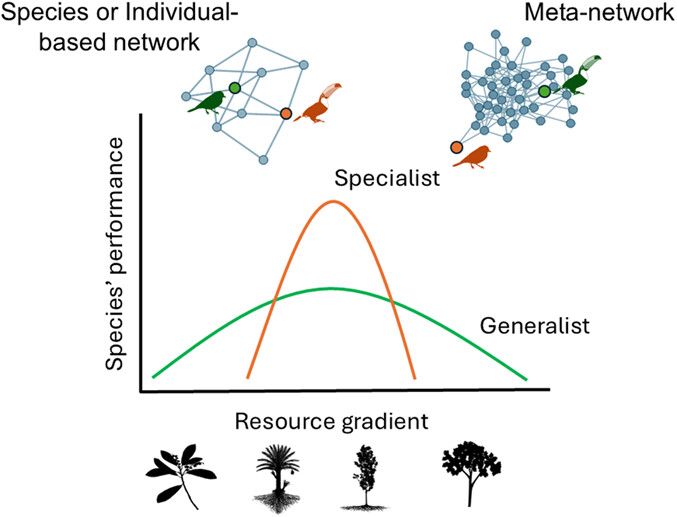
"Could future palaeontologists detect today’s biodiversity patterns from fossils alone?"
🔗 onlinelibrary.wiley.com/doi/10.1111/...

"Could future palaeontologists detect today’s biodiversity patterns from fossils alone?"
🔗 onlinelibrary.wiley.com/doi/10.1111/...
@asn-amnat.bsky.social
doi.org/10.1086/736357
#Macroecology
@asn-amnat.bsky.social
doi.org/10.1086/736357
#Macroecology
My biggest regret?
Not building a network outside it.
I thought great science would be enough.
It wasn’t.
Visibility builds trust
Visibility opens doors — especially when you leave the lab.
Start showing up. Share your Science.
Start now.
🧪 #SciComm
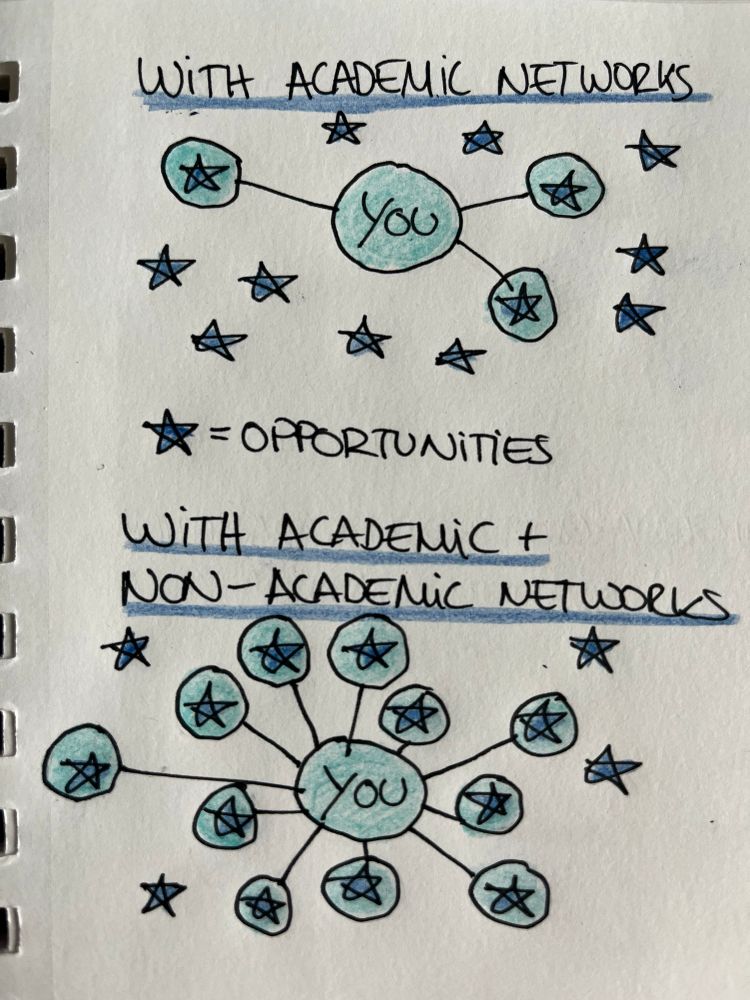
My biggest regret?
Not building a network outside it.
I thought great science would be enough.
It wasn’t.
Visibility builds trust
Visibility opens doors — especially when you leave the lab.
Start showing up. Share your Science.
Start now.
🧪 #SciComm

